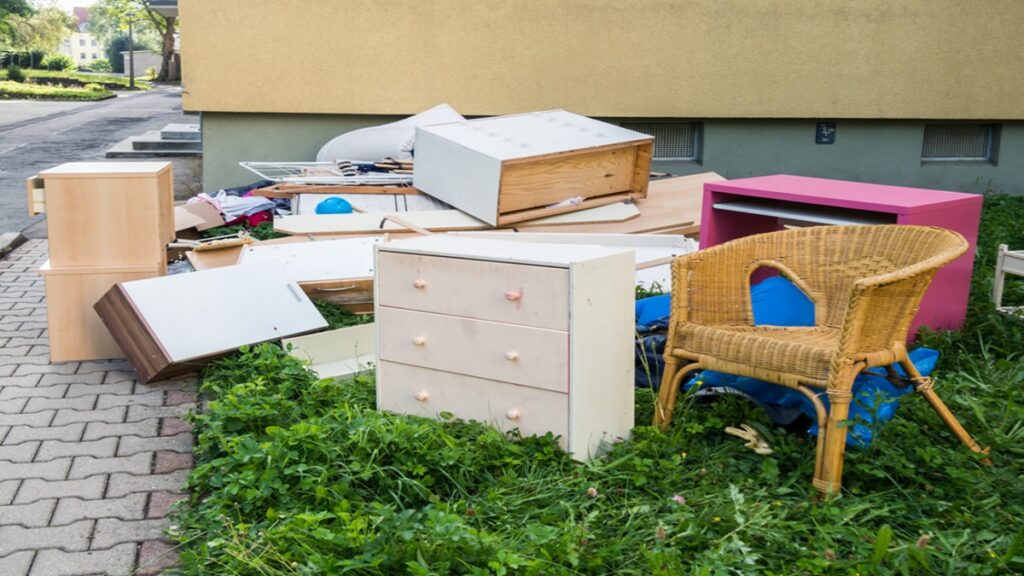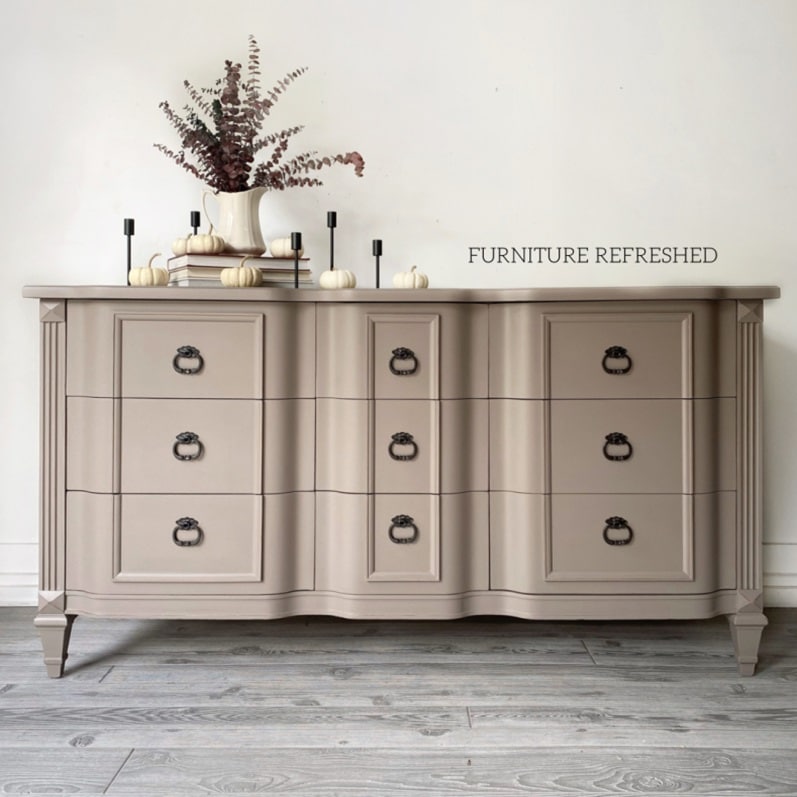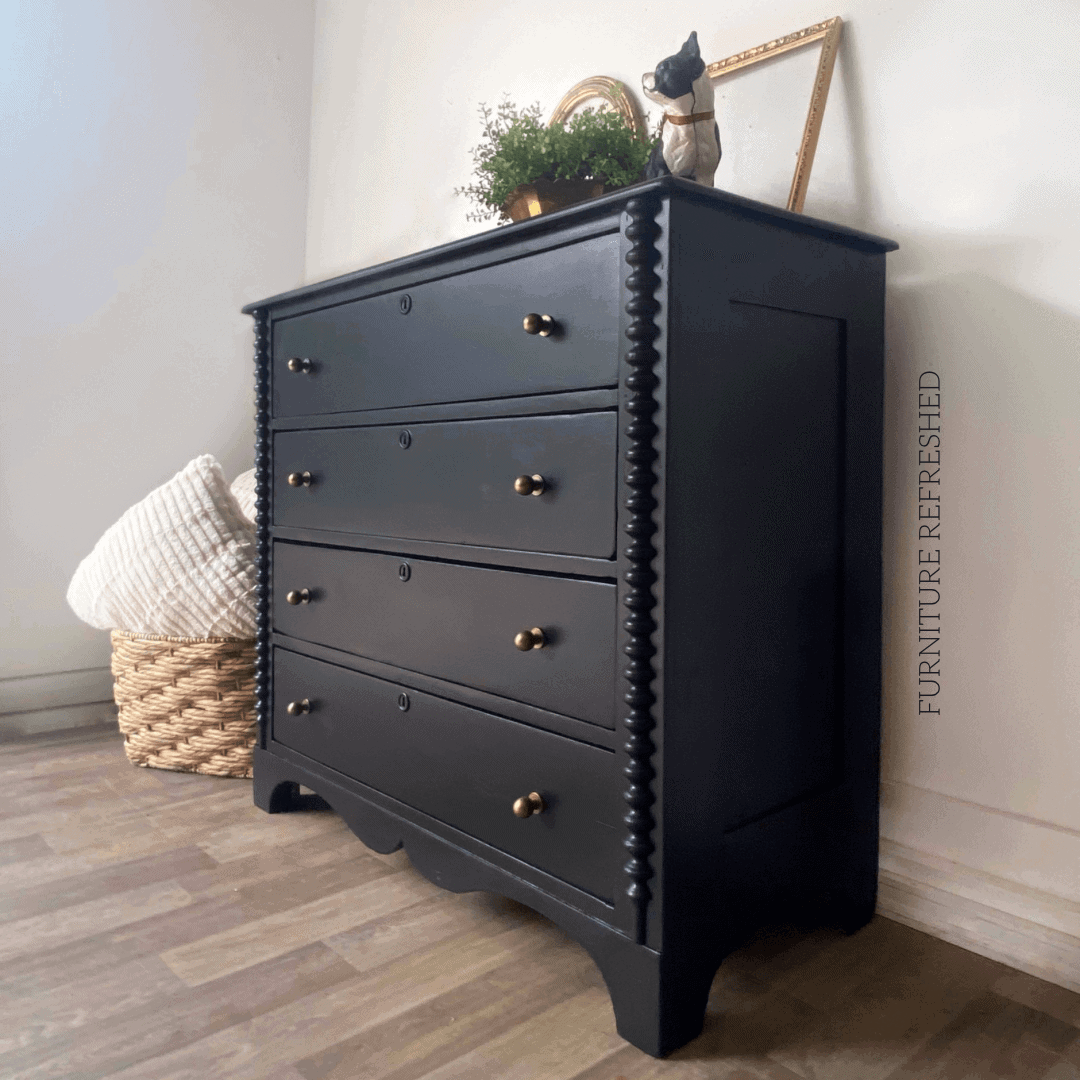Fast Furniture vs. Sustainable Style: What You Need to Know


Let’s be honest, who doesn’t love getting a new piece of furniture to update their space? In recent years we’ve had access to furniture at lower costs than ever before. This seems great on the surface, giving us the option to change looks and freshen things up on a budget. However, this fast furniture trend and the waste it creates aren’t as amazing as they seem. From environmental concerns to potential health risks, the downsides of fast furniture are worth a closer look. In this post, I’ll break down five major problems with fast furniture and share sustainable alternatives you can feel good about.
What is fast furniture?
Have you heard the term fast fashion? Well, fast furniture is the furniture industry version of that. Think low-quality, mass-produced furniture. Often these pieces are made with particle board and is assembled by the customer to save on shipping costs. They are not built to last, but rather to keep up with the latest furniture trends at the lowest price point.
5 Problems with fast furniture
1. Fast furniture is more costly than you think

Like anything, you get what you pay for. And the quality of fast furniture is terrible! It is not built to last, so you can expect to have to replace these pieces. This can end up costing you more money in the long run, and that cheap piece may not be as cheap as you think.
Many fast furniture pieces are self-assembled, so when you pick them up to move them around the joints get stressed and are prone to damage. If you spill a liquid on one and it penetrates the surface, the pressed particle board will swell and chip away. And because they are not made of real wood, they are very difficult to repair. True wood joints can be reglued and clamped, pressed particle board cannot.
2. Fast furniture ends up in landfills

With poor quality comes waste. Because these pieces are difficult to fix, they cannot be reused and end up in the landfill. According to the Environmental Protection Agency, more than 12 million tons of furniture are thrown away every year in the United States. Additionally, there are many vintage pieces already out there with lots of life left to them. Those also end up in landfills if no one is willing to reuse them.
3. It’s bad for the environment
In addition to landfill waste, fast furniture has a big carbon footprint. From deforestation for raw materials to energy-intensive manufacturing and long-distance shipping, the environmental cost adds up fast. And because these items are designed to be disposable, more resources are constantly being used to replace them.

4. It may contain harmful chemicals
Many fast furniture pieces are made with glues, paints, and finishes that release VOCs (volatile organic compounds) into your home. These off-gas chemicals can contribute to poor indoor air quality and even affect your health over time. For example, particle board contains formaldehyde which is a known carcinogen.
New furniture releases its highest level of VOCs in the first year, but this can last even longer depending on the materials. So, the longer your furniture has been around the less you have to worry about this. Granted, a new paint finish on a piece of furniture will off-gas too, but this is one of the reasons I primarily use low VOC water-based finishes.
5. Labor practices
To keep costs down, most fast furniture is made in parts of the world with cheap and questionable labor practices. There is little to no regulation, so workers are exposed to chemicals and work long hours in unsafe conditions (including children).
Alternatives to fast furniture
If you’re familiar with my furniture business, you know that refinishing or upcycling vintage furniture is my favorite alternative to fast furniture! But there are other great options out there as well, such as buying new furniture that is sustainably made or renting furniture.
1. Refinishing vintage furniture


We’ve all seen that dated furniture your grandmother tried to hand down. It’s not your style and doesn’t fit with other decor in your space. While so many say no thank you, I’m so glad I said yes! When my husband and I bought our first home, we had very little extra cash lying around but lots of rooms to furnish. We were lucky enough to have some pieces from my grandparents and uncle become available right around this time. We took them and I redid them myself on a budget.
I taught myself and fell in love with the work along the way. If you have the time and energy, it is a great way to furnish a room or an entire home on a budget. Learning how to paint furniture is a great way to update your space sustainably! Even if you don’t have family pieces given to you, there are very affordable ways to find vintage furniture – local thrift shops, Habitat Restores, and Facebook Marketplace.
If you don’t want to do the work yourself, there are many furniture refinishers out there who sell refinished/upcycled pieces. Many do custom work and can take an existing piece and update it for you. While this is more expensive than doing it yourself because you are paying them for their time and labor, it is still relatively inexpensive compared to new furniture prices.
2. Buying high-quality, sustainably built furniture
Yes, this is a more expensive option. But this is a perfect example of how you get what you pay for. Pieces are made to last and will do just that with proper care. Often they are made in the United States, where regulations are more strict. But you still need to do your research to see where these companies are sourcing their materials and what their sustainability practices are.
3. Renting furniture
This is a great option for short-term living arrangements. It makes sense to not put a lot of time or money into furnishing a space you won’t be in for long, but heading to the nearest IKEA for some cheap pieces isn’t the answer either. Consider renting furniture – I recommend googling furniture rentals to see what options are available near you.
Summary
Fast furniture might be tempting for a quick refresh, but it’s far from a sustainable choice. Between poor quality, environmental waste, and ethical concerns, there are better ways to furnish your home. By choosing alternatives like refinishing vintage pieces, buying sustainably made furniture, or even renting when needed, you can create a home you love without adding to the fast furniture problem.
Want more sustainable decorating tips and DIY furniture makeover ideas delivered right to your inbox? Sign up for my email newsletter and get inspired to refresh your home the mindful way!
Other Eco-friendly Articles:
- Learn How to Paint Furniture
- DIY Furniture Stripper Review: 4 Eco-Friendly Finish Removers Compared
- Why You Should NOT Use Oven Cleaner to Strip Furniture
- Stripping Furniture with Smart Strip
New to furniture painting?
Get my FREE Beginner’s Guide to Painting Furniture! This guide walks includes detailed links to each furniture painting step through and includes a downloadable project planner and supply checklist.


